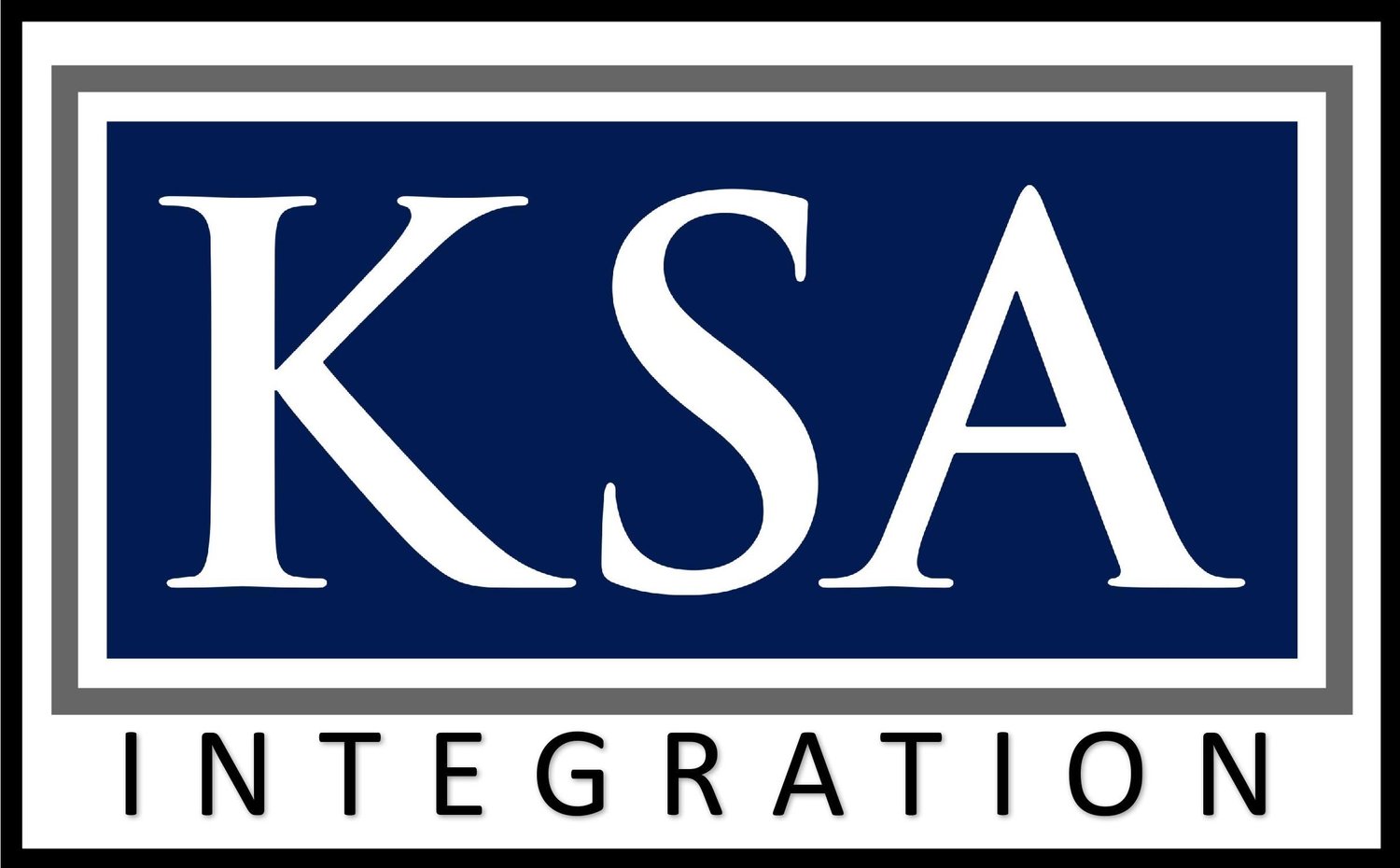Making Decisions
- February 10, 2015
- Posted by: Keith Stalder
- Category: Leadership

“We all make choices, but in the end our choices make us.” ― Ken Levine
There is an expression in the Marine Corps: “Lead, follow, or get the hell out of the way.” It’s rich with not-so-subtle meaning. First, leading is best. Secondly, if you are not leading, then be part of the solution. If you can’t do either, then don’t obstruct others. It’s not a bad model for all organizations and it begins with deciding what your role is.
The leader’s role is to lead, of course. Fundamental to that role is making sound decisions. Leaders absolutely must make good decisions, forming the best judgments, it’s what leaders do and who they are; decision makers. From the decisions of leaders, all organizational actions should arise. But it’s not as easy as that. Organizational decision making can be very spotty, disjointed, and haphazard. I see it all the time in companies large and small.
Here are some of the common mistakes I encounter:
- Avoiding tough decisions that eventually become “decisions by default”, generating their own actions or consequences that are worse than the orginal choices.
- Failing to be inclusive in the process of defining and understanding the issue, the options, advantages, and disadvantages of courses of action.
- No, or extremely poor, organizational processes and structures that refines and distills complex issues for easy understanding and consumption by senior leaders.
- No strategy and planning process to drive deliberate, long term decision making.
- The misuse of priorities to avoid making genuine decisions. No real decisions are made and everything is important.
- A failure to decide what not to do.
- Failing to communicate with stakeholders throughout the process.
- “Fact free” and “fact light” discourses that influence the process and/or decision makers.
- Personalities and politics displace a focus on the “greater good” that should be the goal of quality decisions.
- Failure to assess the decision after it is made; how is the matter working out? Was the decision correct based on what we knew at the time? Do we know more now? What should we do differently? Or not?
- Failure to adjust the directed actions after assessing them. A poor or bad decision gains inertia and momentum. They can live on forever in large companies, and do.
For a basic leadership function, the business of decision making has major problems in most large organizations in my experience. But it’s not that hard, or shouldn’t be. Good decision making is essentially a matter of understanding:
1. What are the facts that matter? Facts start out as data, through analysis becoming knowledge and insights, and are separated into those that bear on the problem and those that do not. Over time, patterns emerge. Wisdom develops as the ability to recognize complex and dynamic patterns hidden in data, even hidden in knowledge, to apply a broader perspective. Organizations need processes to take them from data to wisdom, and most do not have them. Leaders don’t need all the facts, that induces paralysis, but they do need enough of the right facts. During this process the stakeholders have to be included and informed. In the beginning, more is better.
2. What do those facts mean, what are their implications? Start this step by forming three notional choices, describe their implementation precisely, and identify what the consequences might be of each option. Is each option viable, what are the clear distinctions between them, and are they realistic choices to solve the problem(s). Then determine the advantages and disadvantages of each. Stakeholders are included and informed throughout and there are clear choices to not do certain things.
3. What do we do about it? From these choices, the leader picks the best one. Stakeholders are included and informed throughout, and the final decision is a clear one to not do certain other things; real choices have been made. Action begins. At a suitable point in the future, as assessment is made: “What did we say we would do? “Did it accomplish what we decided/wanted?” “If not, why not?” “What do we do about it to adjust now?” The assessment is repeated again after corrections and adjustments have had time to help.
What I’ve described is more a deliberate process than a reactive one, but the basics are the same for both. It’s a simple formula for dramatically improving what is one of the most serious challenges in all organizations today.
“There is no decision that we can make that doesn’t come with some sort of balance or sacrifice.” – Simon Sinek
Keith Stalder, #43
Copyright © 2015 Keith Stalder & Associates, LLC. All rights reserved.
